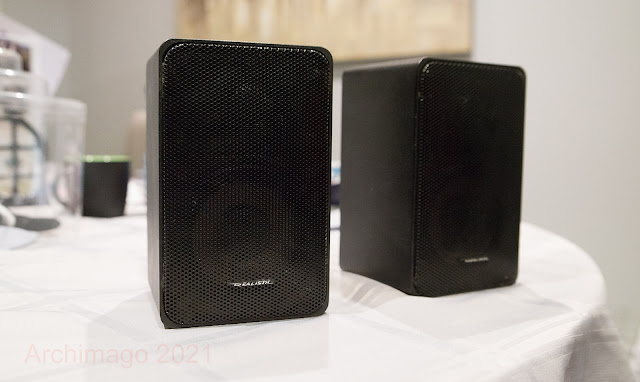[Disclosure: Over the years, I have measured and reviewed products I have either bought or borrowed from friends. The product discussed in this post was sent to me by Aoshida Audio for an honest review and impressions which I can keep to use. It would only be fair that I provide the free shipping and "lowest price guarantee" links to Aoshida if readers want to purchase this DAC or others discussed. Considering that a major part of my review process is objective in nature and standardized over many years, I trust that much of what I present will remain free of bias. Note that I will be selective of what I agree to measure/review of this nature - accessible and high fidelity products that might be of interest to readers, or more innovative devices will obviously be most appropriate for what I do.]
As you can see in the image above, today let's have a look at another very inexpensive DAC product from S.M.S.L. with high-resolution ability. Over the years, I have reviewed/measured other devices from this company including the SMSL A6 integrated amp, the SMSL iDEA DAC, and more recently I've been enjoying the SMSL SA300 Class-D desktop amplifier. These are examples of "accessible" audio products, well within the price range of basically any music lover, "audiophile" or not.
So it is with this DAC. The S.M.S.L. M100 Mk II currently costs less than US$95, needs little power, and accepts USB/TosLink/Coax S/PDIF inputs. As you can see, it's shaped as a rectangular prism. The size is smaller than the photo might suggest measuring at about 2 1/8" x 2 1/4" x 3 5/8" long, weighing around 0.5lb (250gm). The enclosure is aluminum with shiny plexiglass front panel; the package feel solid. Inside the box is an assortment of printed manuals in English, Chinese and Japanese along with a basic white USB-A to micro-USB cable.




